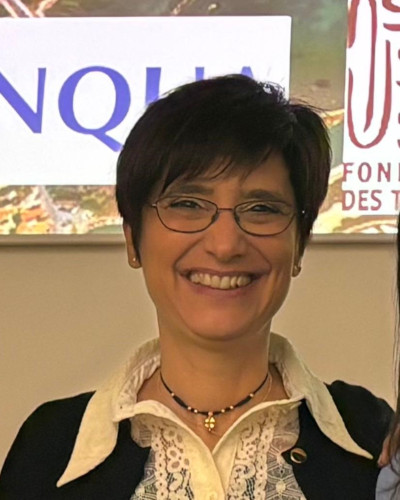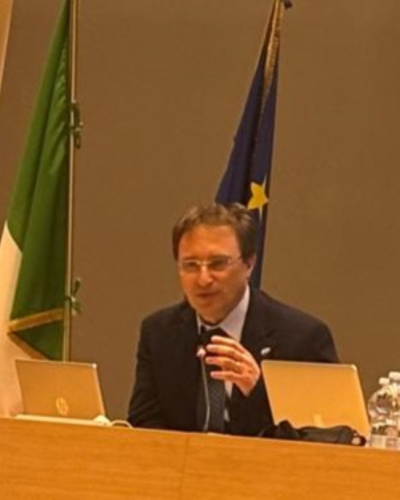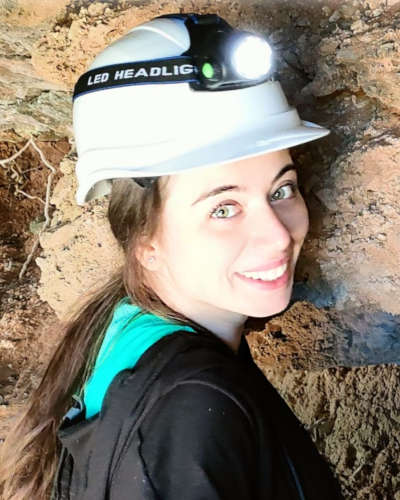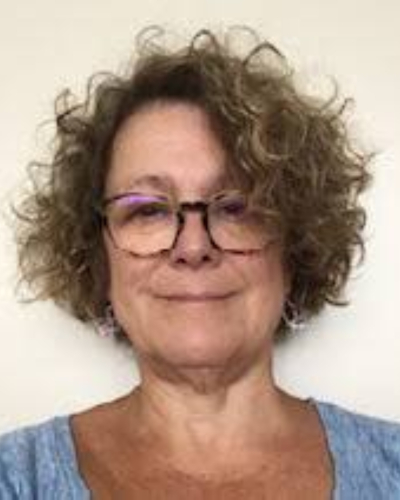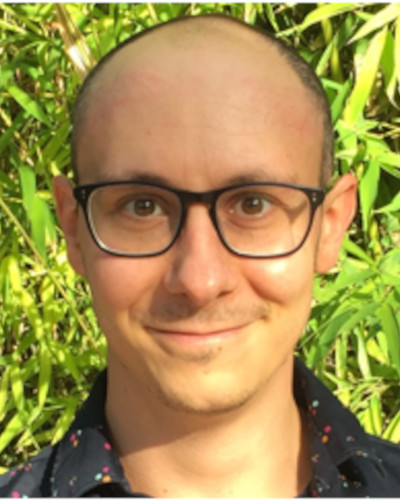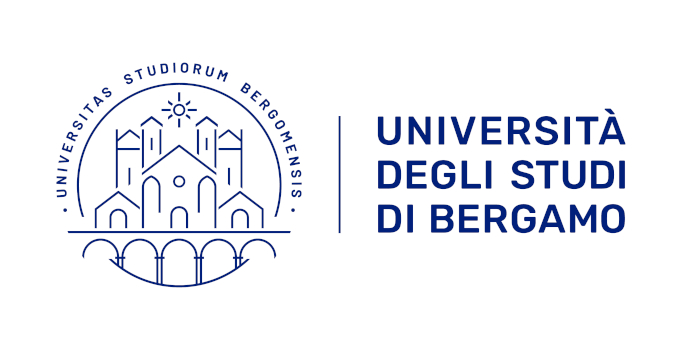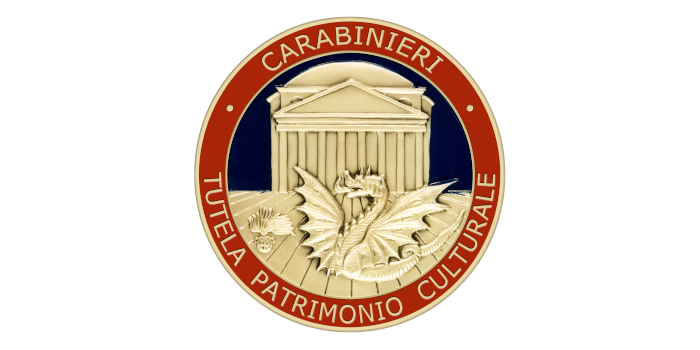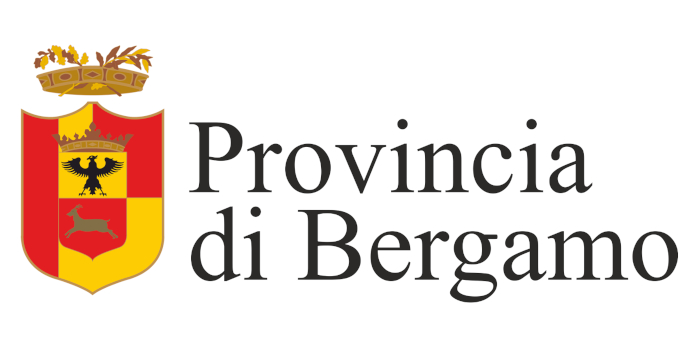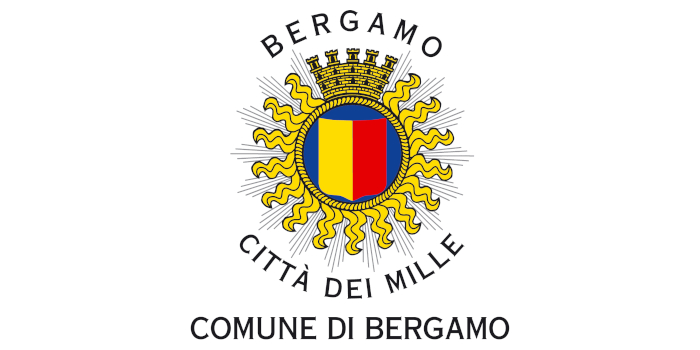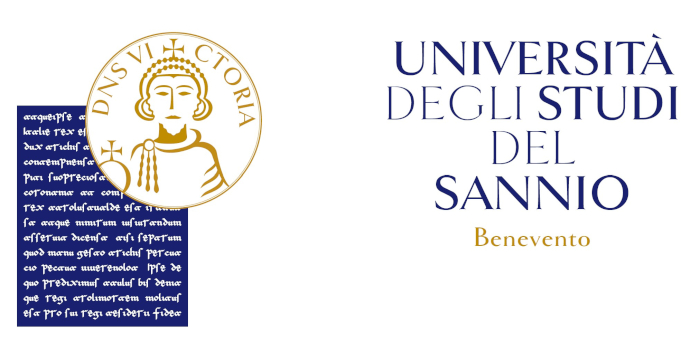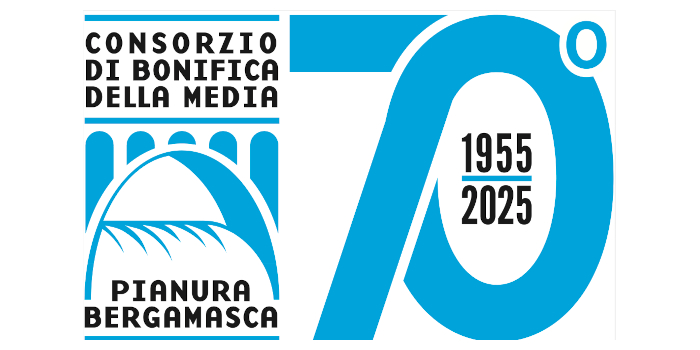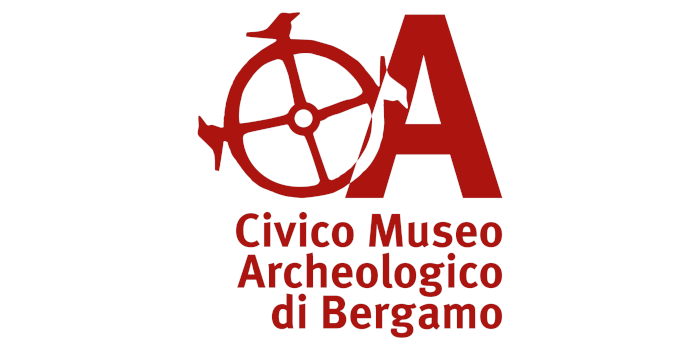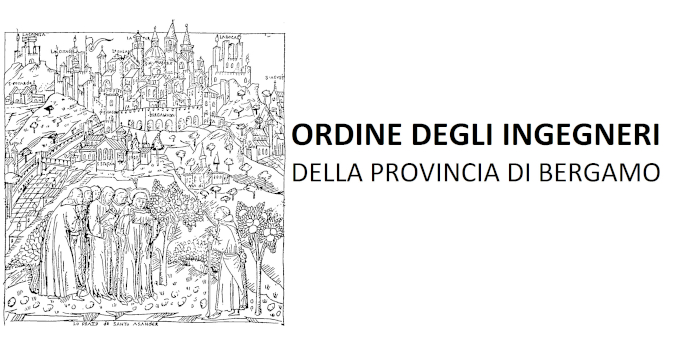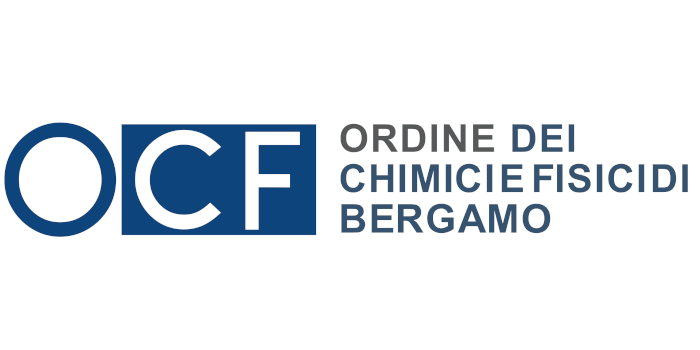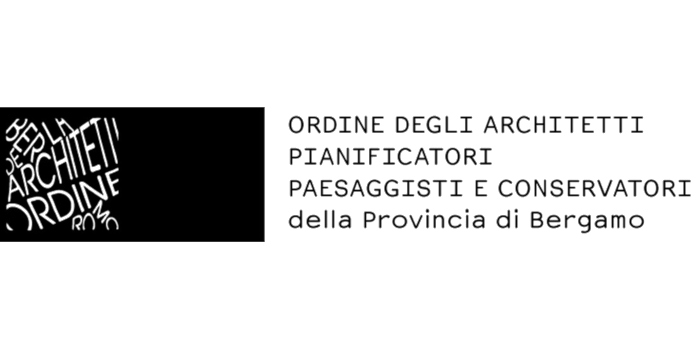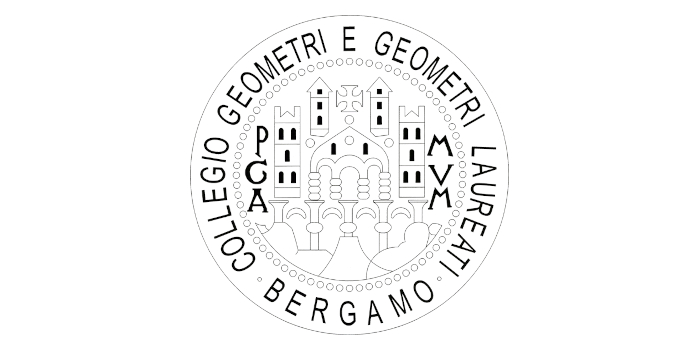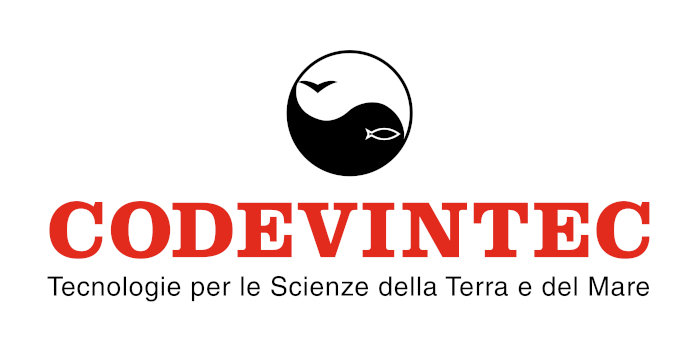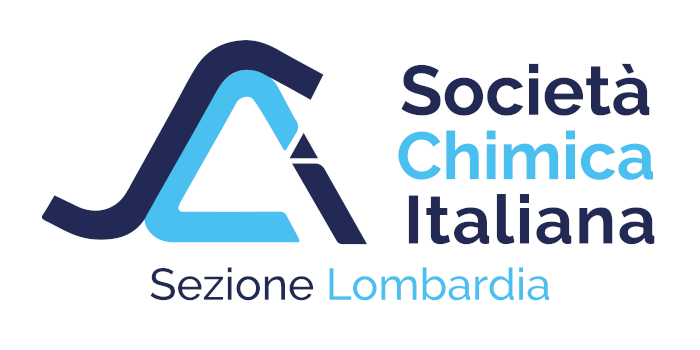SPECIAL SESSION #18
Methods for millennial coastal evolution assessment: geoarchaeological and geomorphological approaches
ORGANIZED BY
Gaia Mattei
Department of Science and Technology, Parthenope University of Naples, Italy
Pietro Patrizio Ciro Aucelli
Department of Science and Technology, Parthenope University of Naples, Italy
Alessia Sorrentino
Department of Science and Technology, Parthenope University of Naples, Italy
Teresa Bardají Azcárate
Department of Geology, Geography and Environment Science, University of Alcalá, Spain
Matthieu Giaime
Department of Geography, ASM UMR5140, Université de Montpellier Paul-Valéry, CNRS, Ministère de la Culture, France
ABSTRACT
Coastal landscapes are dynamic systems shaped by a variety of forces, including natural forcings such as relative sea-level changes — resulting from global, regional, and local dynamics — and changes in the sediment delivery to the coasts, as well as human activities. These interactions have sculpted these environments over millennia. Given the contemporary challenges represented by climate change, rising sea levels and reduction in the amount of sediment delivered to the coasts, studying coastal landscapes is essential for understanding how past societies adapted to shifting environmental conditions. Furthermore, these insights can guide modern strategies for enhancing coastal resilience.
This session aims to explore the geomorphological and geoarchaeological aspects of coastal evolution, focusing on both historical and present-day coastal dynamics.
TOPICS
We welcome papers that address the following themes:
- geoarchaeological studies of coastal areas;
- innovative technologies for paleo-landscape analysis;
- coastal paleo-landscape reconstruction (onshore to offshore);
- human adaptations to climate and sea-level changes;
- coastal resilience to extreme events;
- management and valorisation of coastal geoarchaeological heritage.
ABOUT THE ORGANIZERS
Gaia Mattei is a Researcher at the Department of Science and Technology at Parthenope University of Naples (Italy), specialized in coastal geomorphology, sea level changes and tectonics, geoarchaeology, coastal vulnerability, GIS analysis. She is passionate about marine surveys by using robotic technologies, and, in the last years, have surveyed the main underwater archaeological sites in the Gulf of Naples (Southern Italy) in order to reconstruct the main morpho-evolutive trends and relative sea level variations of this coastal sector since the Late Holocene.
Pietro P.C. Aucelli is a Full Professor of Physical Geography and Geomorphology at the Department of Sciences and Technologies of the University of Naples Parthenope. He is a member of the executive board of the Italian Association of Physical Geography and Geomorphology (AIGeo). He was also the coordinator of the AIGeo Working Group on Coastal Morphodynamics, chair of the IAG WG in Coastal Geoarchaeology, and a member of the Executive Board of the Italian Association of Physical Geography and Geomorphology (AIGeo).
The research activity carried out by Pietro P.C. Aucelli concerned thematic in the fields of geomorphology and physical geography, with a specialisation in applied geomorphology, Quaternary geology, Geoarchaeology, and GIS analysis.
Alessia Sorrentino is a PhD student at the University of Naples Parthenope, focusing on coastal geomorphology and palaeo-landscape reconstruction. Her work includes publications on historical sea-level changes in the Campi Flegrei and palaeo-environmental studies of the Cilento Promontory (Italy) and the Laconic Peninsula (Greece), using both classical methods and machine learning, but also contracts and publications concerning Hazard Assessment and Geomorphological Cartography. Her research contributes to understanding environmental phenomena and risks, particularly in coastal dynamics and long-term environmental changes.
Teresa Bardají Azcárate professor at the University of Alcalá in Madrid, her research focuses on sea-level changes during the Quaternary, especially the latter interglacials, and their links to tectonics and climate. She aims to understand the complex interactions between sea level, tectonics, and climate across different regions. Her other interest is studying the effects of earthquakes on geological and archaeological records to improve seismic hazard assessments. In the past decade, she has collaborated on Spanish archaeological missions in Egypt and Morocco, analyzing geomorphological and geological indicators of landscape changes and their paleoenvironmental implications.
Matthieu Giaime is a geomorphologist and geoarchaeologist interested in the spatio-temporal evolution of coastlines in order to assess the role of climatic impacts and human activities in the evolution of socio-ecosystems during the Holocene. He is Maître de conférences (Associate professor) at the Department of Geography, Université de Montpellier Paul-Valéry - UMR 5140 ASM (France), and a Research Fellow of the Recanati Institute for Maritime Studies at the University of Haifa (Israel). Matthieu is Associate Editor and part of the steering committee (as head of the Ethics team) of the Diamond Open Access Journal Geomorphica).


